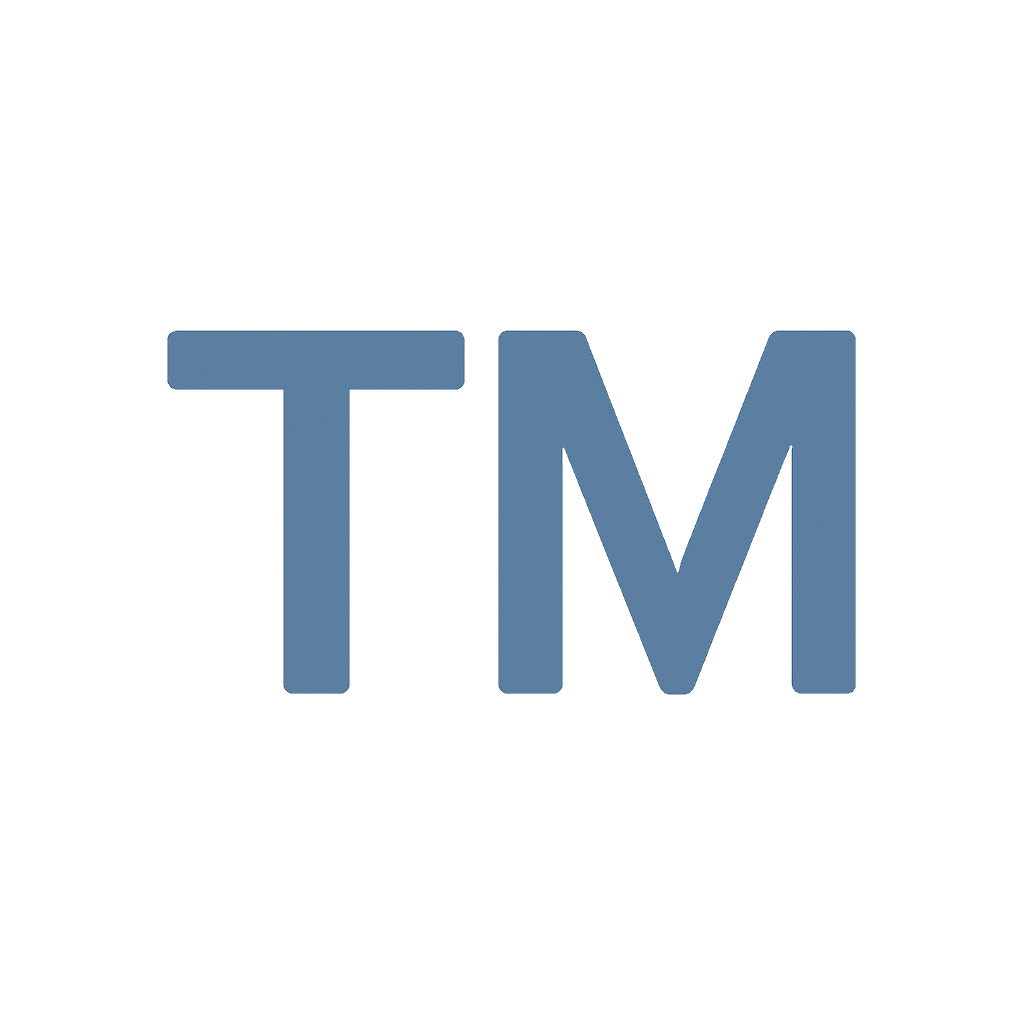📌 Quick Summary
1-Sentence Answer
Choosing between a provisional and a non-provisional patent is like picking between cupcake batter and a finished cake — both sweet, but only one’s ready for showtime.
The Article Overview
This article serves up a bite-sized yet comprehensive guide to the patent process, explaining how provisional applications buy time while non-provisional filings bake your invention into full legal protection. We’ll explore key steps, common pitfalls, investor reactions, and historical examples of patent “recipes” gone right (and wrong).
❓ Common Questions & Answers
1. What’s the main difference between provisional and non-provisional patents?
A provisional patent is an informal placeholder that secures your priority date for one year, while a non-provisional patent is the full, formal application that gets examined by the USPTO.
2. Can I call my invention “patent pending” after filing a provisional patent?
Yes! Both provisional and non-provisional applications allow you to label your invention as “patent pending,” which sounds impressive at investor meetings.
3. What happens if I don’t file a non-provisional after a year?
You lose your priority date, meaning someone else can swoop in and claim your invention like a soggy cake collapse.
4. Which type of patent should startups file?
Most startups begin with a provisional filing to save costs and test investor interest before committing to the full patent process.
5. Is a provisional patent “worthless” to investors?
Not necessarily — but some investors prefer non-provisional filings because they indicate long-term commitment and serious intent.

📜 Step-by-Step Guide
Step 1: Document Your Invention
Before you file anything, detail your invention thoroughly — think of it as your recipe card. Include diagrams, variations, and functions.
Step 2: File a Provisional Patent Application
Submit the basics to the USPTO to lock in your priority date. This buys you 12 months to decide if you’ll pursue a full patent.
Step 3: Mark as “Patent Pending”
Once filed, your invention earns the right to this protective label — a must-have for credibility with partners and investors.
Step 4: Evaluate Market and Investment Interest
Use that one-year window to test investor waters, gauge market potential, and improve your invention.
Step 5: File a Non-Provisional Patent Application
Before the 12-month timer runs out, submit the full formal application with claims, drawings, and specifications.
📖 Historical Context
Patents trace back to 15th-century Venice, where glassmakers and shipbuilders sought to guard their secrets. The concept evolved across Europe, eventually forming the foundation for the U.S. patent system.
The U.S. Patent Act of 1790 laid the groundwork for what we now call intellectual property rights. It wasn’t until the 20th century that the distinction between provisional and non-provisional filings emerged — giving inventors flexibility to test markets before committing resources.
Today, provisional filings have become a startup staple. They offer small inventors a chance to “reserve” their idea without immediately hiring a full legal team — a vital innovation in the era of fast-moving tech and limited seed funding.
🏢 Business Competition Examples
-
Dyson Ltd. filed multiple provisional patents before perfecting its bagless vacuum system — protecting early designs before global rollout.
-
Tesla Motors often uses provisional filings to secure electric vehicle innovations while perfecting prototypes.
-
Peloton filed non-provisional applications early to strengthen investor confidence during funding rounds.
-
Ring (now Amazon-owned) began with provisional applications while testing consumer demand for smart doorbells.
💬 Discussion Section
In today’s hyper-competitive innovation economy, filing strategy matters as much as invention quality. A provisional patent is the legal equivalent of calling dibs — it lets you secure your invention’s “spot in line” without revealing every detail or spending thousands upfront.
This flexibility is why provisional patents are often favored by startups, solopreneurs, and university researchers. They provide a low-cost, low-risk option for inventors who need time to refine a product or secure funding. During this 12-month “grace period,” inventors can present prototypes, conduct testing, and pitch investors while being protected under the “patent pending” umbrella.
On the flip side, non-provisional patents are the real deal — the formal, examined applications that lead to actual patent grants. These filings undergo USPTO scrutiny, where examiners review claims, compare prior art, and determine patentability. This process can take 1–3 years, depending on the complexity of the invention and examiner workload.
From a business strategy perspective, filing both — starting provisional, then converting to non-provisional — is a common route. It’s the “bake first, decorate later” method. You secure your idea early, then refine it before unveiling the final masterpiece.
However, timing is crucial. Miss the one-year conversion window, and your priority date evaporates — leaving you vulnerable to “patent trolls” or competitors ready to capitalize on your idea.
In short, treat the provisional as your mixing bowl and the non-provisional as your finished cake. Without both, your patent strategy may fall flat.

⚖️ The Debate
🧁 The Provisional Side:
Provisional filings are cost-effective, quick, and ideal for startups with limited budgets. They enable inventors to test market viability before investing heavily. Flexibility and speed make them indispensable in early-stage innovation.
🎂 The Non-Provisional Side:
Non-provisional filings demonstrate seriousness, attract investors, and start the formal USPTO examination. They carry stronger legal weight, leading to actual patent rights. Skipping the provisional step often appeals to well-funded companies seeking full protection from day one.
✅ Key Takeaways
-
A provisional patent secures your priority date for 12 months.
-
A non-provisional patent starts the formal examination process.
-
Missing the 1-year conversion window erases your priority rights.
-
“Patent pending” applies to both types of filings.
-
The ideal strategy: start provisional, then convert when ready.
⚠️ Potential Business Hazards
-
Forgetting to convert a provisional filing within 12 months.
-
Disclosing your invention publicly before filing.
-
Underestimating investor preference for non-provisional filings.
-
Drafting vague or incomplete provisional descriptions.
❌ Myths & Misconceptions
-
“A provisional patent gives me full protection.” ❌ (It only holds your spot.)
-
“I can renew my provisional indefinitely.” ❌ (It expires after one year.)
-
“Investors don’t care about patents.” ❌ (They care deeply about IP strategy.)
-
“I don’t need drawings for a provisional.” ❌ (Detailed visuals help immensely.)

📚 Book & Podcast Recommendations
-
Patent It Yourself by David Pressman – https://www.nolo.com/products/patent-it-yourself-PTNY.html
-
The Inventor’s Bible by Ronald Louis Docie – https://www.amazon.com/dp/1607747701
-
The IP Law Podcast – https://iplawpodcast.com
-
How I Built This by Guy Raz – https://www.npr.org/sections/how-i-built-this/
⚖️ Legal Cases
-
Pfaff v. Wells Electronics, Inc. (1998) – https://supreme.justia.com/cases/federal/us/525/55/
Clarified the “on-sale bar” and timing of patent protection. -
Egenera, Inc. v. Cisco Systems (2020) – https://law.justia.com/cases/federal/appellate-courts/cafc/19-2015/19-2015-2020-08-28.html
Showed how claim language can make or break patent protection. -
Ariad Pharmaceuticals, Inc. v. Eli Lilly & Co. (2010) – https://law.justia.com/cases/federal/appellate-courts/cafc/08-1248/08-1248-2010-03-22.html
Established importance of written description in biotech patents.
📣 Expert Invitation
Got questions about your patent recipe? 🍰 Connect with the experts at Inventive Unicorn — where inventors, attorneys, and creators collaborate to turn bright ideas into IP masterpieces.

🔚 Wrap-Up Conclusion
Whether you’re a tinkerer in your garage or the next tech visionary, your patent filing choice sets the stage for your invention’s success. Start provisional to secure your spot, then bake your idea to perfection with a non-provisional. Because in the Great Patent Bake-Off, timing — and filing — is everything.











